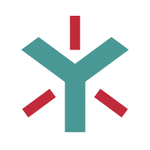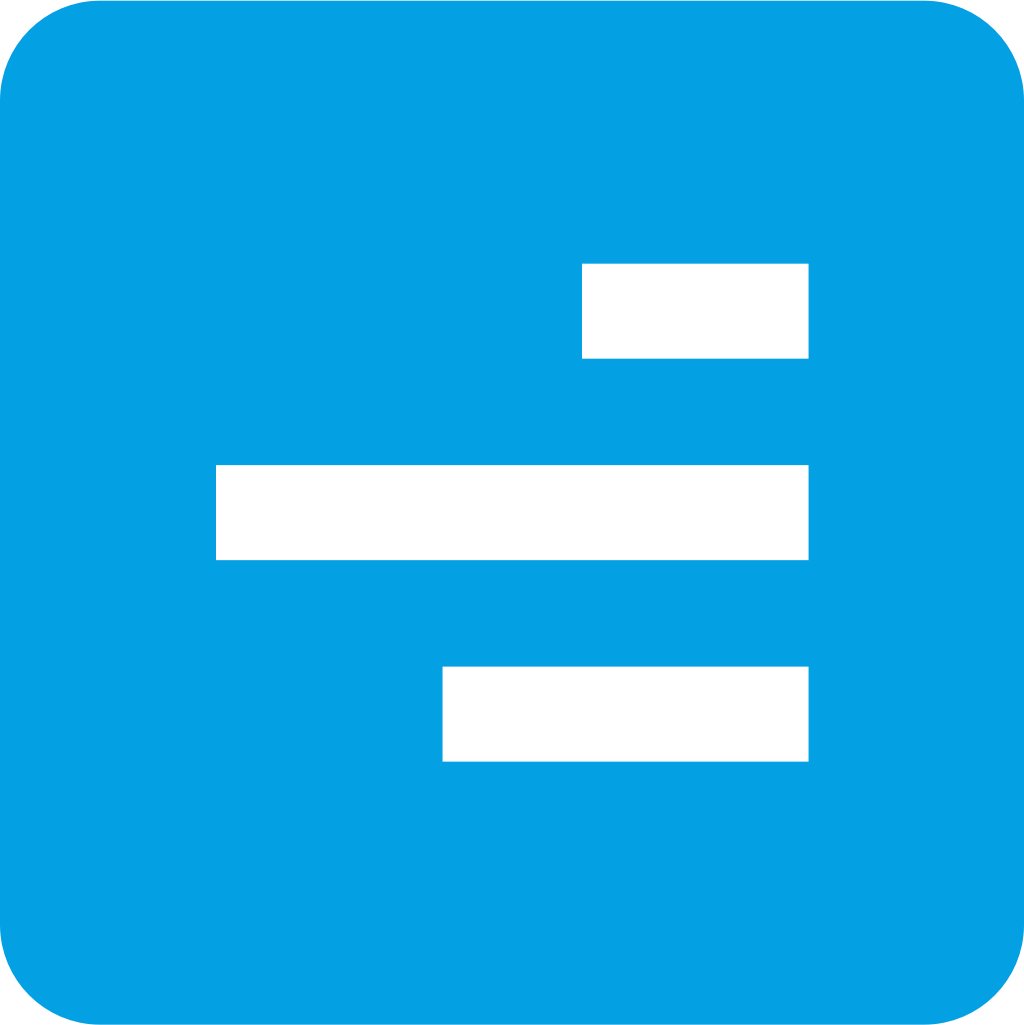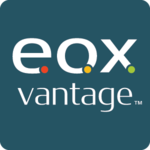Description

Zarafa

Egnyte
Comprehensive Overview: Zarafa vs Egnyte
Here's a comprehensive overview of Zarafa, Egnyte, and Freelo, addressing their primary functions, target markets, market share, user base, and key differentiating factors:
Zarafa
a) Primary Functions and Target Markets
- Functions: Zarafa initially started as an open-source groupware platform aimed at delivering email, calendar, and collaboration functionalities. It essentially functioned as a Microsoft Exchange alternative, offering features like email storage, calendar scheduling, and task management.
- Target Markets: The primary market for Zarafa was enterprises and organizations that sought a cost-effective and open-source alternative to proprietary solutions like Microsoft Exchange. Its appeal lay in sectors that emphasized data privacy and customization.
b) Market Share and User Base
- Market Share/User Base: Zarafa's user base was relatively niche, largely composed of European entities and open-source advocates. After ceasing active development and transitioning into Kopano, Zarafa's presence dwindled in favor of newer, more comprehensive solutions.
c) Key Differentiating Factors
- Open-Source: Zarafa was one of the few open-source alternatives to Microsoft Exchange, which allowed for greater flexibility and customization.
- Cost: It provided a cost-effective solution for organizations, particularly those with existing Linux-based infrastructures.
Egnyte
a) Primary Functions and Target Markets
- Functions: Egnyte offers a cloud-based enterprise file synchronization and sharing (EFSS) service, as well as content governance and collaboration solutions. It facilitates secure content collaboration, allowing users to access, share, and manage their files from multiple devices.
- Target Markets: It primarily targets medium to large enterprises across various industries, including those in sectors that require stringent data governance, such as finance, healthcare, and media.
b) Market Share and User Base
- Market Share/User Base: Egnyte enjoys a solid presence in the EFSS market, often cited alongside competitors like Dropbox Business, Box, and Google Workspace for Enterprise. Its user base is substantial due to its ability to integrate with various IT environments and adherence to compliance requirements.
c) Key Differentiating Factors
- Hybrid Cloud: Egnyte’s hybrid model allows integration with both on-premises and cloud storage, which is a significant benefit for organizations needing flexibility and control.
- Security and Compliance: Strong emphasis on data security and compliance with regulations like GDPR and HIPAA makes it a preferred choice for regulated industries.
Freelo
a) Primary Functions and Target Markets
- Functions: Freelo is a project management and collaboration tool designed to aid in task management, team collaboration, and productivity enhancement. It includes functionalities like task assignments, deadline tracking, and team communication tools.
- Target Markets: Freelo is targeted at small to medium-sized businesses, freelancers, and startups that require a straightforward, effective solution for managing projects and team tasks without the complexity of larger management suites.
b) Market Share and User Base
- Market Share/User Base: Freelo's market share is smaller and more localized compared to broader platforms like Trello or Asana. It is popular among Czech-speaking and Central European users, leveraging its local market understanding and personalized customer service.
c) Key Differentiating Factors
- Usability and Simplicity: Freelo offers an intuitive interface that makes it accessible for teams new to project management software.
- Cost-Effective: As a budget-friendly tool, it is attractive for SMEs and freelancers looking for essential features at a lower price point.
Comparative Summary
- Zarafa was differentiated by its open-source nature and position as an Exchange alternative but has transitioned to Kopano, reducing its market presence.
- Egnyte stands out for its hybrid cloud capability and strong security, making it a substantial choice for larger enterprises.
- Freelo focuses on ease of use and affordability, catering to SMEs and individuals rather than large enterprises.
In conclusion, while each of these products serves different niches with unique strengths, their applicability varies significantly by target audience needs, ranging from enterprise-level solutions requiring stringent security to user-friendly tools for small businesses.
Contact Info

Year founded :
Not Available
Not Available
Not Available
Netherlands
Not Available

Year founded :
2008
+1 650-968-4018
Not Available
United States
http://www.linkedin.com/company/egnyte
Feature Similarity Breakdown: Zarafa, Egnyte
To provide a feature similarity breakdown for Zarafa, Egnyte, and Freelo, let's explore each based on the core features, user interfaces, and unique features:
a) Core Features in Common:
-
Collaboration Tools:
- Zarafa: Primarily an email and collaboration suite known for providing groupware functionalities.
- Egnyte: A robust platform for file sharing and collaboration, focusing on secure content sharing and management.
- Freelo: A project management and collaboration tool emphasizing task and team management.
- Commonality: All three offer collaborative environments, with shared access to resources and communication tools.
-
File Sharing and Storage:
- Zarafa: Supports sharing of emails, calendars, and contacts.
- Egnyte: Provides extensive file-sharing capabilities with comprehensive storage solutions.
- Freelo: Allows file attachments within projects to enhance team productivity.
- Commonality: All platforms facilitate some form of file sharing or attachment to streamline workflows.
-
User Management and Permissions:
- Zarafa: Offers user account management and access permissions for email and collaboration tools.
- Egnyte: Advanced administration controls and permissions for folder access and file protections.
- Freelo: Provides user roles and permissions to manage projects effectively.
- Commonality: User management features ensure secure and effective access to the platforms.
b) User Interfaces Comparison:
-
Zarafa:
- Utilizes a web-based interface akin to traditional email clients.
- Focuses on simplicity in email, calendar, and contact management views.
-
Egnyte:
- Offers a modern and intuitive interface, prioritizing file organization and ease of navigation.
- Integrates well with other applications, providing a smooth workflow experience.
-
Freelo:
- More visually oriented with a focus on task boards, project timelines, and team activity visuals.
- User-friendly design aimed at keeping team activities transparent and productive.
Comparison: Egnyte provides a more robust interface for file-centric workflows, Freelo is geared towards visual task and project management, and Zarafa offers a straightforward communication suite interface.
c) Unique Features:
-
Zarafa:
- Unique aspect: Primarily an open-source email and collaboration solution, offering compatibility with Microsoft Outlook to use as an Exchange Server alternative.
-
Egnyte:
- Unique aspect: Exceptional integration with enterprise-grade applications and security features, ideal for businesses requiring high compliance standards.
-
Freelo:
- Unique aspect: Specializes in project management with features such as task dependencies, milestones, and project timelines, fostering comprehensive team collaboration.
Conclusion:
- Zarafa is most suitable for businesses seeking an open-source, Outlook-compatible communication and collaboration suite.
- Egnyte shines in environments demanding strong file sharing with high data compliance and integration needs.
- Freelo caters primarily to teams focused on project management and task tracking, providing extensive visual and task-oriented tools.
Features

Security and Privacy
Integration and Compatibility
Communication Tools
Collaboration Features
User Management

Storage Management
Collaboration Tools
Compliance and Reporting
Secure File Sharing
Integration and Compatibility
Best Fit Use Cases: Zarafa, Egnyte
Sure! Here’s a breakdown of the best-fit use cases for Zarafa, Egnyte, and Freelo:
Zarafa
a) For what types of businesses or projects is Zarafa the best choice?
Zarafa was a groupware application designed to function as an alternative to Microsoft Exchange, offering email, calendar, and collaboration features.
- Small to Medium Enterprises (SMEs): Businesses looking for a cost-effective email and collaboration suite that could integrate with Outlook.
- Organizations Seeking Open Source Solutions: Companies that prefer open-source software for its flexibility, transparency, and reduced licensing costs.
- On-premises Deployment: Businesses that require on-premises hosting of their email and collaboration infrastructure due to compliance, security, or privacy concerns.
d) How does Zarafa cater to different industry verticals or company sizes?
Zarafa was best suited for SMBs and education institutions that needed a reliable, open-source email solution and that potentially operated in restrictive environments for data compliance. Its integration with Outlook and preference by organizations with existing infrastructure needs made it versatile across various industries requiring modest scale email systems.
Egnyte
b) In what scenarios would Egnyte be the preferred option?
Egnyte is a cloud-based platform for file sharing, storage, and collaboration, well-suited to businesses with specific needs.
- Hybrid Cloud Environments: Enterprises seeking a blend of cloud and on-premises storage to optimize performance, security, and control over data.
- Data Governance and Compliance: Organizations working in highly regulated fields that need specific compliance features (e.g., FINRA, GDPR, HIPAA).
- Large Enterprises and Distributed Teams: Companies requiring robust file-sharing capabilities across multiple geographic locations and improvements in team collaboration and productivity.
d) How does Egnyte cater to different industry verticals or company sizes?
Egnyte caters to mid-sized to large enterprises across industries such as healthcare, finance, and construction, where data governance and compliance are critical. It supports secure and compliant collaboration crucial for companies needing to manage sensitive data and workflows efficiently.
Freelo
c) When should users consider Freelo over the other options?
Freelo is a project management tool suitable for various collaborative efforts.
- Small Teams and Startups: Ideal for smaller teams that require a simple, intuitive tool for task management, collaboration, and workflow efficiency.
- Project-Based Workflows: Projects with clear task delineation and dependency setups, manageable through task lists, tracking, and integrations.
- Cost-Conscious Users: Small businesses and freelancers looking for an affordable project management tool with basic to moderate functionality.
d) How does Freelo cater to different industry verticals or company sizes?
Freelo is effective for SMBs, startups, and creative agencies due to its straightforward task and project management capabilities. It also appeals to educational groups or nonprofits that do not require extensive project management enterprises, providing a scalable solution in early development phases.
Overall, Zarafa, Egnyte, and Freelo service varied segments, with Zarafa appealing to organizations needing a simpler email solution with cost-effective setups, Egnyte addressing robust file management and compliance needs, especially in larger, regulated environments, and Freelo targeting project management for small teams or budding businesses.
Pricing

Pricing Not Available

Pricing Not Available
Metrics History
Metrics History
Comparing teamSize across companies
Conclusion & Final Verdict: Zarafa vs Egnyte
When evaluating Zarafa, Egnyte, and Freelo, it's essential to examine their distinct features, pricing, scalability, user experience, and suitability for varying business needs. Here's a comprehensive look at each and a verdict on overall value:
a) Best Overall Value:
Egnyte is likely the best overall value, especially for businesses focusing on secure, scalable file sharing and collaboration features. It balances robust security, flexibility, and user-friendliness, making it suitable for both small and large enterprises.
b) Pros and Cons:
Zarafa
- Pros:
- Open-source groupware platform, which can be cost-effective for businesses with the right IT capabilities.
- Strong integration with Linux-based systems.
- Offers email, calendaring, and collaboration tools similar to Microsoft Exchange.
- Cons:
- Requires technical expertise to implement and maintain, potentially leading to higher indirect costs.
- Features and user interface may not be as modern or intuitive as more commercial solutions.
- The project was rebranded to Kopano, leading to potential support and update issues for Zarafa itself.
Egnyte
- Pros:
- Provides comprehensive content management with strong security protocols.
- Highly scalable, making it suitable for growing businesses.
- Offers robust integration with various third-party applications and platforms.
- Cons:
- Could be over-featured for very small businesses or those not needing advanced content management tools.
- Pricing might be higher compared to simpler platforms if not all features are used.
Freelo
- Pros:
- Excellent for small teams focused on project management and productivity collaboration.
- Offers intuitive task management with flexible pricing.
- User-friendly and easy to onboard new users.
- Cons:
- Limited scalability in terms of features needed for larger businesses.
- Might lack advanced document management functionalities which could require integration with other software.
c) Recommendations:
-
For Small Teams/Startups: Consider Freelo if your primary need is efficient project management with basic collaborative functionalities and budget constraints.
-
For Medium to Large Enterprises: Egnyte is recommended due to its robust file-sharing, security features, and scalability potential. Its flexibility also benefits companies needing extensive integration with other software systems.
-
For Tech-Savvy Organizations or Linux Users: If open-source solutions are preferred, and you have the necessary IT infrastructure, Zarafa (via Kopano) can be a cost-effective choice. However, be prepared for a steeper learning curve and the need for continual IT support.
In conclusion, Egnyte provides the best overall value for a broad spectrum of businesses needing secure and scalable content management. Users should assess the specific needs of their organization, including team size, technical expertise, and long-term growth plans, to choose the most suitable solution.
Add to compare
Add similar companies




